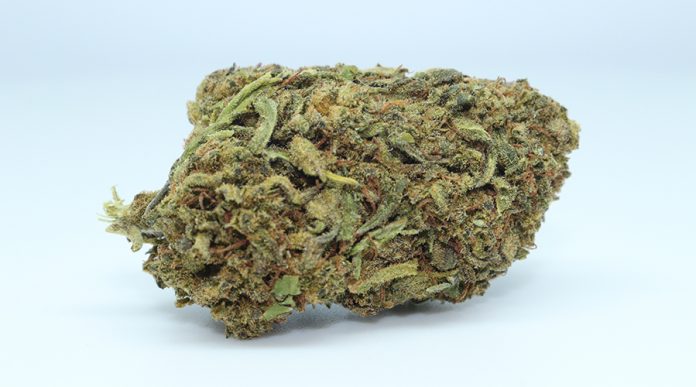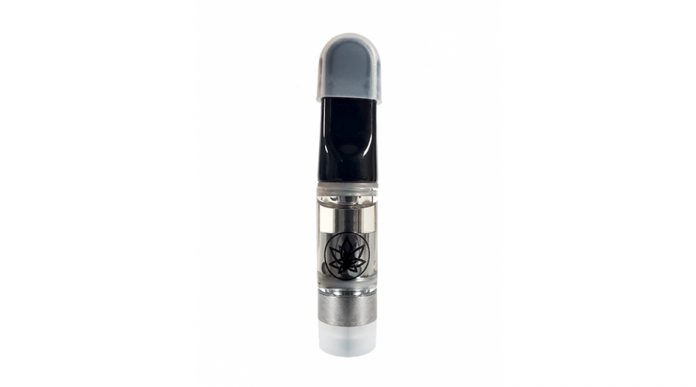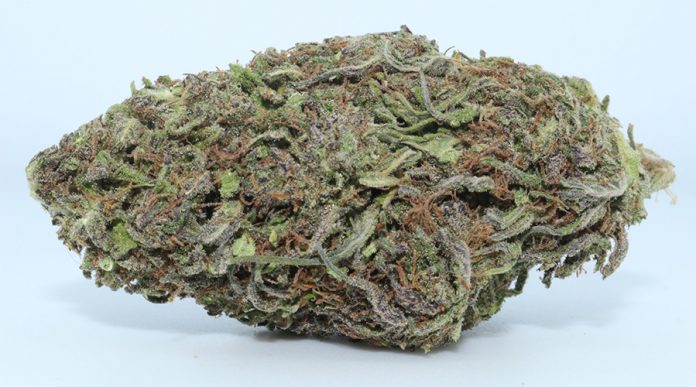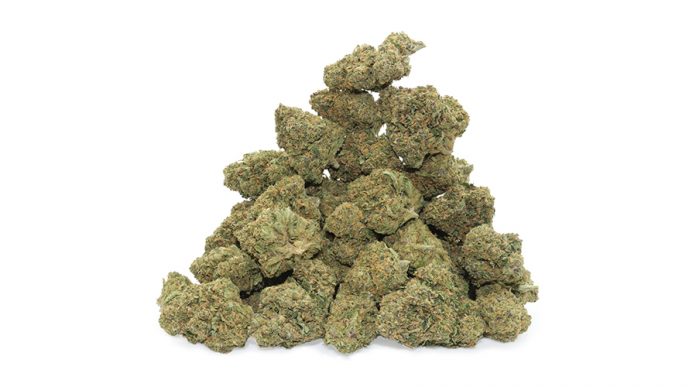
Contents
What’s not to love about dogs? They show us unconditional love, they give us companionship, and they’re our loyal best friends. In short, they’re part of the family.
So, it’s only natural to want the best for them, right? Of course!
To show our pet’s love, we make sure they get lots of playtime, cuddles, and healthy food. Another way to show we care is to give them natural, botanical supplements, such as CBD.
CBD oil for dogs is a popular choice compared to conventional meds. And many pet owners around the world are using it. The research on CBD is still growing, yet the current studies show great promise.
In this article, you’ll learn several helpful tips about buying a CBD product for your dog. It includes advice on what to look for in a product, its benefits, dosing recommendations, and much more.
Let’s get started!
10 things you should know before buying CBD oil for your pet
1. CBD is not psychoactive or addictive
The cannabis plant has more than a hundred cannabinoids, including THC (Tetrahydrocannabinol) and CBD (Cannabidiol). These are the most common and well-known cannabinoids. THC has psychoactive properties that make users high, while CBD doesn’t.
Many CBD oil products for pets only contain 0% to 0.3% THC. With such minute levels of THC, your pet is not at risk of getting high or becoming addicted to CBD.
2. It’s safe and has very few side effects
Scientific evidence from canine trials shows that CBD is safe. Research also found that CBD oil given to dogs resulted in few to no side effects. These studies, which we reference below, were short term in duration. One took place over four weeks and the other one over 12 weeks.
So, as of now, the long-term effects of giving your dog CBD oil is not completely known. If you have any concerns about giving your dog CBD, speak with your veterinarian first. Also, please speak with your veterinarian about CBD if your pet is taking any prescription medications.
3. Look at the level of THC
Under the Hemp Farming Act of 2018, industrial hemp can only contain 0.3% THC by dry weight. As such, make sure the CBD product’s label shows less than 0.3% THC.
Even better, look at the THC level on the ‘Cannabinoid Profile.’ This is a lab test that the most reputable CBD companies have performed. It will show the different levels of cannabinoids, such as THC and CBD, for the product being tested.
It’s important to look at this profile because high levels of THC can be toxic to your pet.
4. Request and read the COA lab reports
A COA, or Certificate of Analysis, is a report that shows the results of lab testing. Here are some examples of lab tests performed on CBD products:
- Cannabinoid profile and potency
- Heavy metal analysis
- Microbiological contaminants
- Pesticide analysis
- Terpenes profile
Paying for third-party labs testing is what separates good CBD companies from great ones. Because the CBD industry is not regulated, anyone can sell a product and claim that it’s CBD.
COAs give consumers reassurance over what they’re buying and is the only way to truly know what’s inside a CBD pet product.
5. Check the concentration of CBD
The potency of CBD oil the total amount of CBD per bottle, shown in milligrams. For a CBD pet tincture to benefit your dog’s health, the potency should be high enough to actually have value.
Therefore, look for products that contain between 250 mg to 1,000 mg of CBD per fluid ounce (or 30 mL).
6. Start low, go slow
The first time you give your dog CBD oil, administer a low dose. It takes time to find your dog’s ideal dose. To get there, it’s best to start low and then slowly work your way towards a higher dose.
For CBD dosing guidance, refer to our chart below.
7. Difference between full-spectrum CBD and CBD isolates
A full-spectrum CBD oil contains more than just CBD. It also contains plant compounds like cbd terpenes and other cannabinoids, such as CBC, CBN, and CBDA. These active compounds create the “entourage effect”, which increases the CBD’s efficacy.
Conversely, CBD isolates only contain CBD. Everything else gets removed from the oil. Another name for CBD isolate is “THC-free”.
8. Confirm the source of CBD
Before you buy CBD oil for your dog, verify its source. CBD either comes from hemp plants or marijuana plants. So, make sure the product is a hemp-derived CBD oil, tincture or treat. Otherwise, you may end up with a product high in THC.
9. Pay attention to “other” ingredients
Analyzing the list of ingredients in CBD oil is just as important as reading the list of ingredients in dog food. The goal of CBD is to enhance or improve your pet’s health, and certain ingredients, such as preservatives, additives, and fillers can get in the way of that goal.
10. Delivery methods offer different bioavailabilities
Oil, tinctures, pet treats, and salves are the most common delivery methods for CBD. Products with the best bioavailability and absorption rates include oils and tinctures. Following behind them are dog treats and finally salves, or creams.
Bioavailability relates to the body’s ability to digest and absorb the beneficial properties of CBD. Take this into account before deciding on the type of CBD product to get your pet.

Benefits of CBD oil for dogs
Many scientific journals and studies reveal that CBD oil has numerous health benefits.
Although the majority of the subjects in these studies were humans, several of these benefits may apply to your pets as well.
Because of CBD’s therapeutic potential, some dog parents turn to CBD oil and tinctures as a natural alternative to prescription medications.
Here is a list of potential benefits of CBD oil for dogs:
- Reduces separation anxiety
- Improves socialization
- Reduces epileptic seizures
- Reduces chronic inflammation and pain
- Regulates nausea and vomiting while stimulating appetite
- Promotes homeostasis, or internal balance
- Increase activity and comfort in dogs with osteoarthritis
The 2016 scientific report published by the Journal of the American Holistic Veterinary Medical Association, captured consumer opinions about using hemp products for their pet’s health.
Of the 631 respondents, more than half said they’re currently using a CBD hemp product for their dog.
These same participants were later asked about their motivation for using a hemp-based product, like CBD oil for their pet. 60.4% use hemp because it’s a product that comes from natural sources.
Potential side effects
In its Critical Review Report on Cannabidiol (CBD), the World Health Organization (WHO) found that CBD is “well tolerated and has no signs of toxicity or serious side effects.” The WHO also reported that CBD has a good safety profile.
Yet, like any supplement, there’s a chance your dog might experience minor side effects. Some reported side effects from dog owners include; fatigue, dry mouth, and drowsiness.
Most of the time, side effects result from improper dosing. When you scale down the dose, side effects generally dissipate.
Studies and clinical trials on CBD safety in dogs
Stephanie McGrath, veterinarian and assistant professor at Colorado State University’s College of Veterinary Medicine, performed a clinical trial on the short-term effects of CBD oil on dogs with epileptic seizures.
The study examined 16 dogs with intractable idiopathic epilepsy. Nine dogs were placed in the CBD group, while the other seven dogs were placed in the placebo group. Over the 12 week trial, 89% of the dogs in the CBD group experienced a reduction in seizure frequency.
At the conclusion of the study, McGrath said, “I feel really comfortable at this point, given all of our clinical trials and our initial research, that it’s a safe product.” Of course, the ‘it’ she’s referring to is CBD oil.
In a separate study, Joe Wakshlag, associate professor at Cornell University, evaluated the efficacy of CBD oil for dogs with osteoarthritis.
Dogs in the placebo-controlled, double-blind study received 2 mg/kg of CBD oil or a placebo every 12 hours. After four weeks, there were no observable side effects. Also, pain levels decreased and activity levels increased in the dogs who received CBD oil.
As research continues to emerge, more and more will be understood about the effects CBD oil has on your pets.
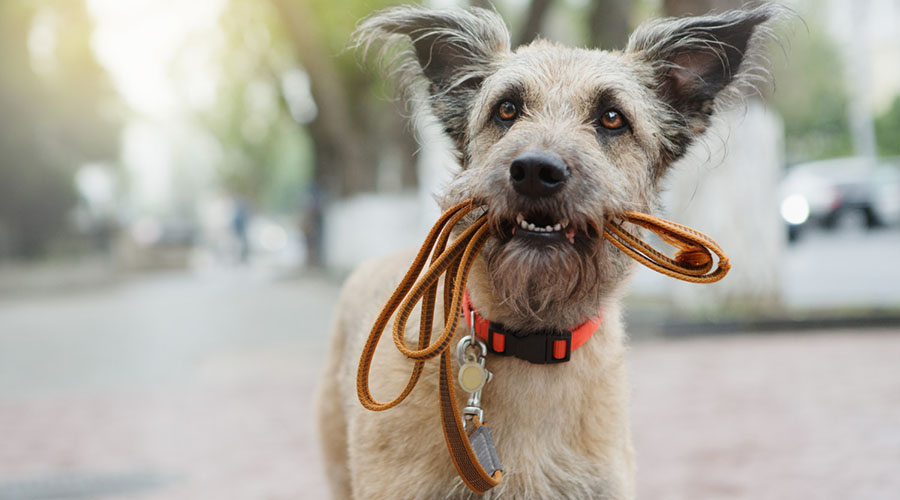
CBD dosing recommendations
Before giving CBD oil to your dog, let’s cover a few important points about dosing. As with any new food, supplement, or medicine you give your dog, it’s best to start low and slow.
The same goes for CBD oil. Start with a low dose once a day, and observe how your dog responds.
If all is well after a few days of taking the CBD oil, you can administer the same dose twice a day. Once in the morning and once at night.
For specific guidance, this chart provides dosing recommendations based on your dog’s weight. Use the low dose column when introducing CBD oil to your pet for the first time.
A low dose given twice daily is sufficient for your dog’s general well-being. However, if your pet has a chronic illness, gradually work the dosage up to the amount in the high dose column.
| Dog’s Weight in Lbs | Dog’s Weight in Kgs | Low Dose in mg (twice a day) | High Dose in mg (twice a day) |
| 5 | 2.5 | 0.25 | 1.25 |
| 10 | 4.5 | 0.5 | 2.5 |
| 15 | 6.8 | 0.75 | 3.75 |
| 20 | 9.1 | 1 | 5 |
| 25 | 11.3 | 1.25 | 6.25 |
| 30 | 13.6 | 1.5 | 7.5 |
| 35 | 15.9 | 1.75 | 8.75 |
| 40 | 18.1 | 2 | 10 |
| 45 | 20.4 | 2.25 | 11.25 |
| 50 | 22.7 | 2.5 | 12.5 |
| 55 | 24.9 | 2.75 | 13.75 |
| 60 | 27.2 | 3 | 15 |
| 65 | 29.5 | 3.25 | 16.25 |
| 70 | 31.8 | 3.5 | 17.5 |
| 75 | 34 | 3.75 | 18.75 |
| 80 | 36.3 | 4 | 20 |
Final thoughts
Scientific research and clinical trials show that CBD oil for dogs is well-tolerated, safe, and has zero to few side effects. Therefore, it has the potential to be a beneficial supplement for your dog.
Before you buy a CBD product, review this list of recommendations one more time. And go ahead and reference the dosing chart when you’re ready to start your dog on CBD.
Disclaimer
* These statements have not been evaluated by the Food and Drug Administration. The CBD products mentioned in this article are not intended to diagnose, treat, cure or prevent disease.


